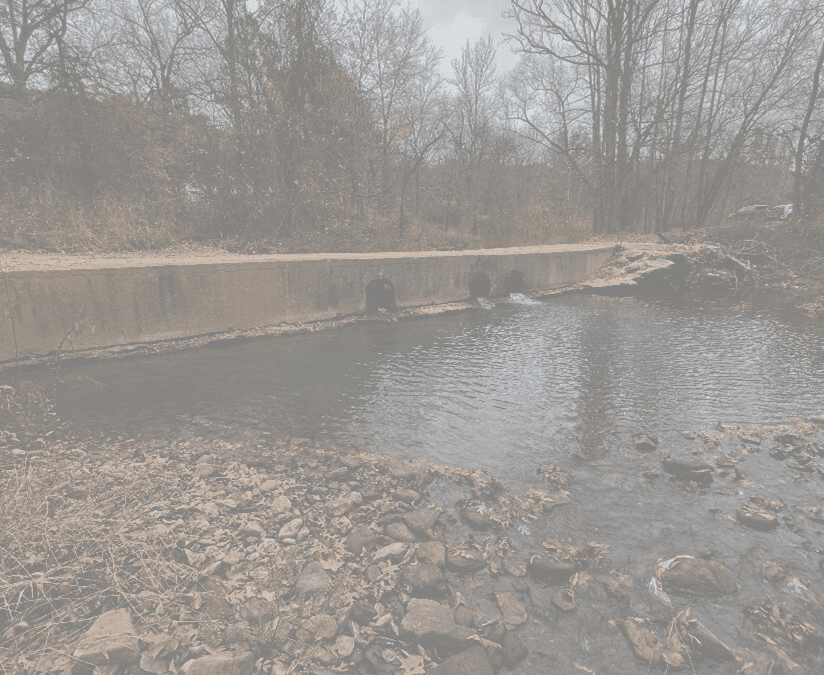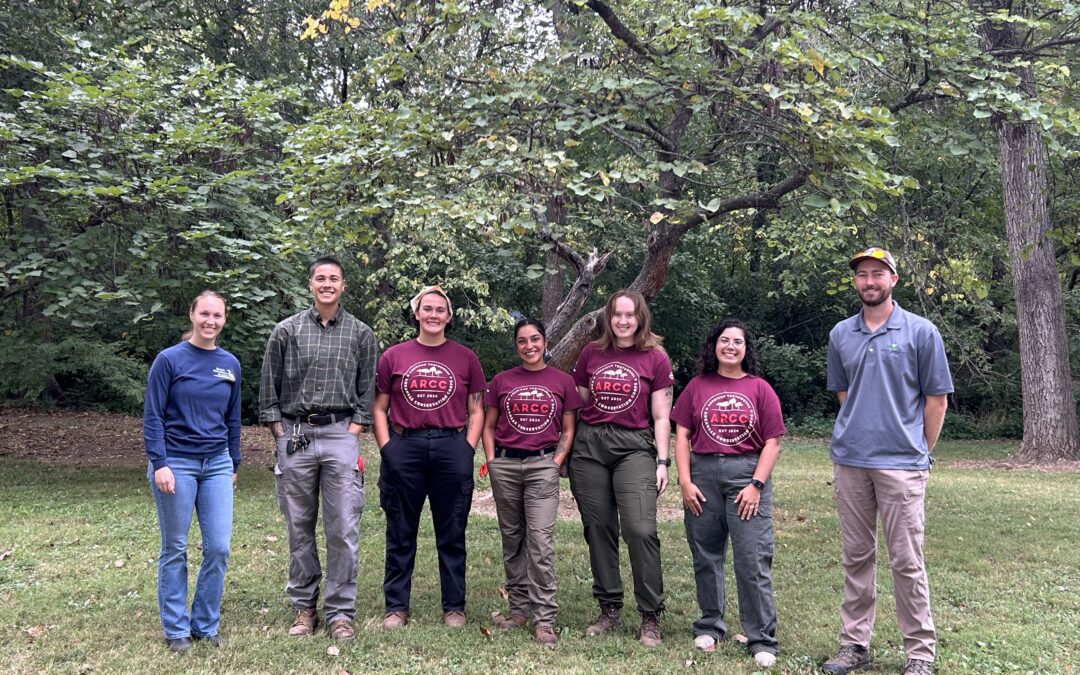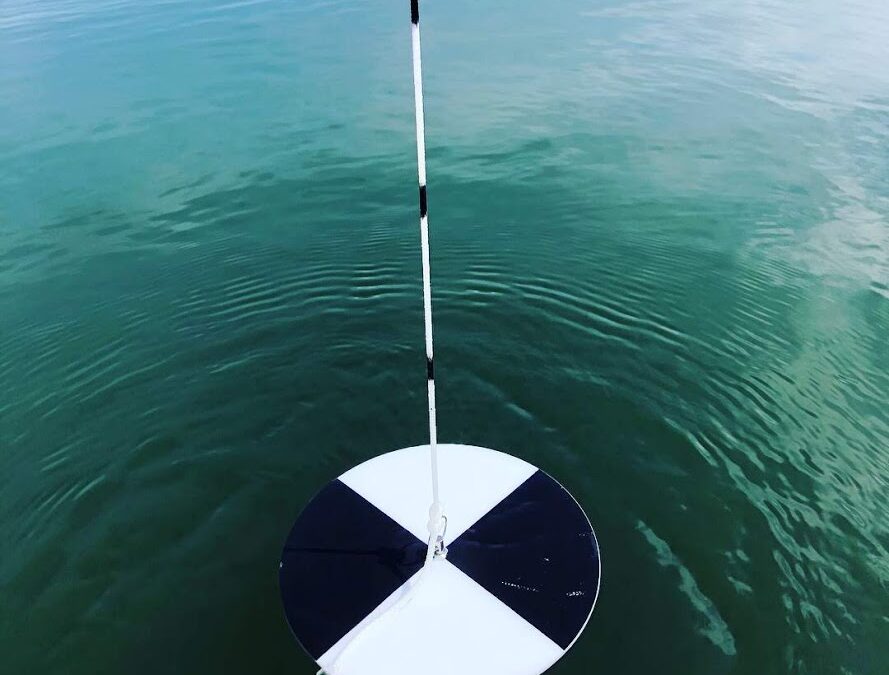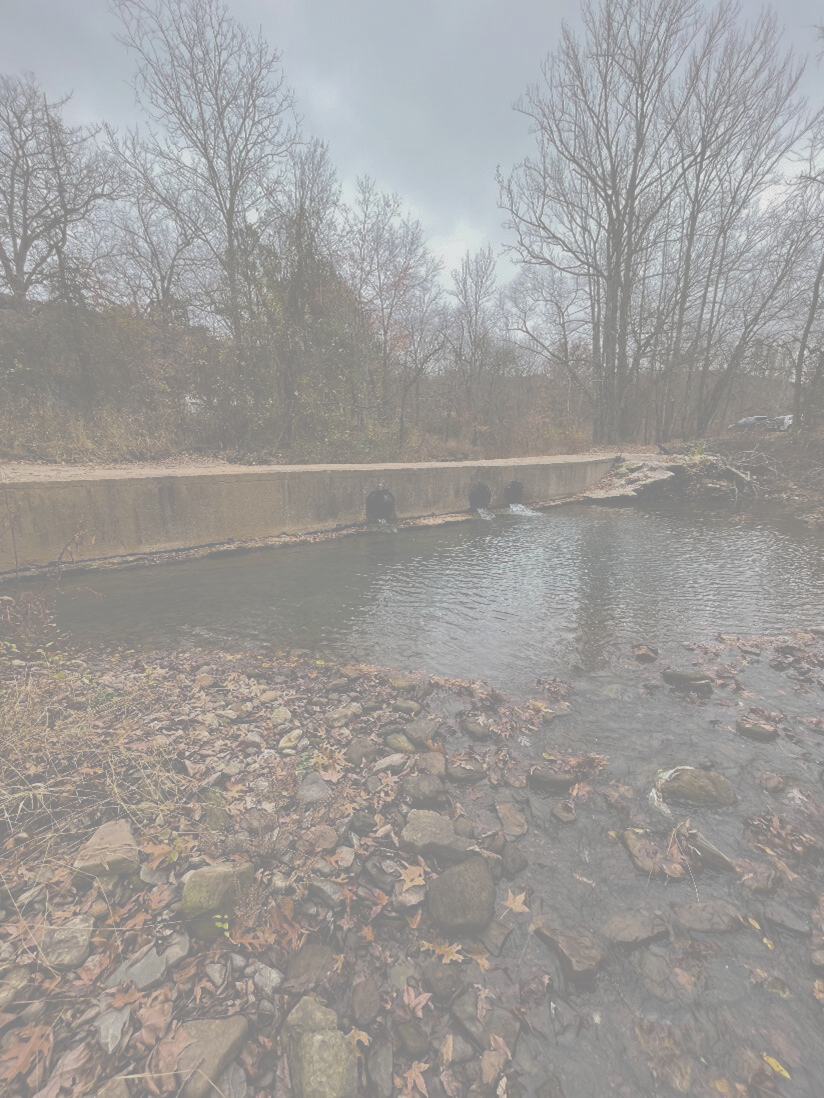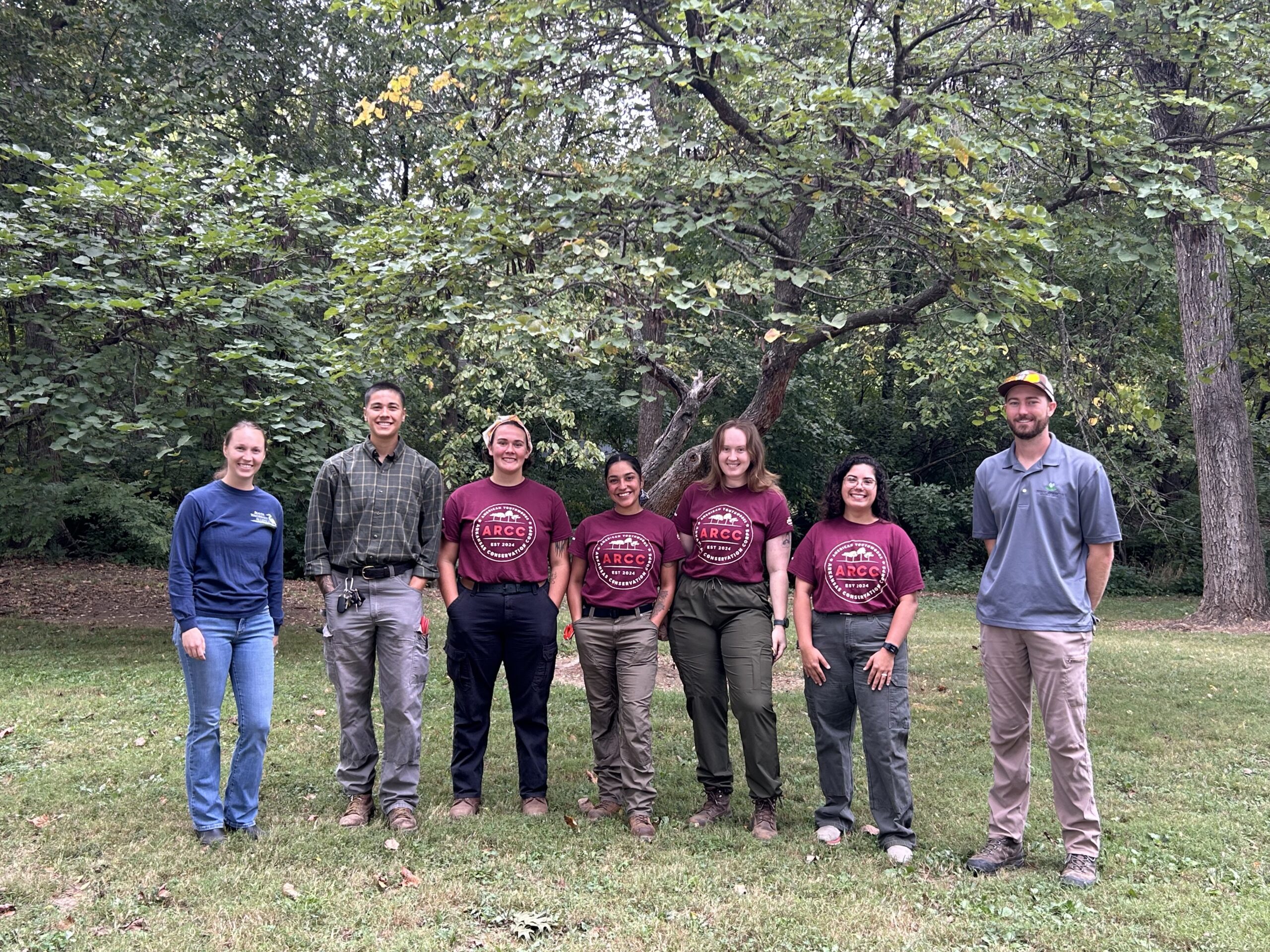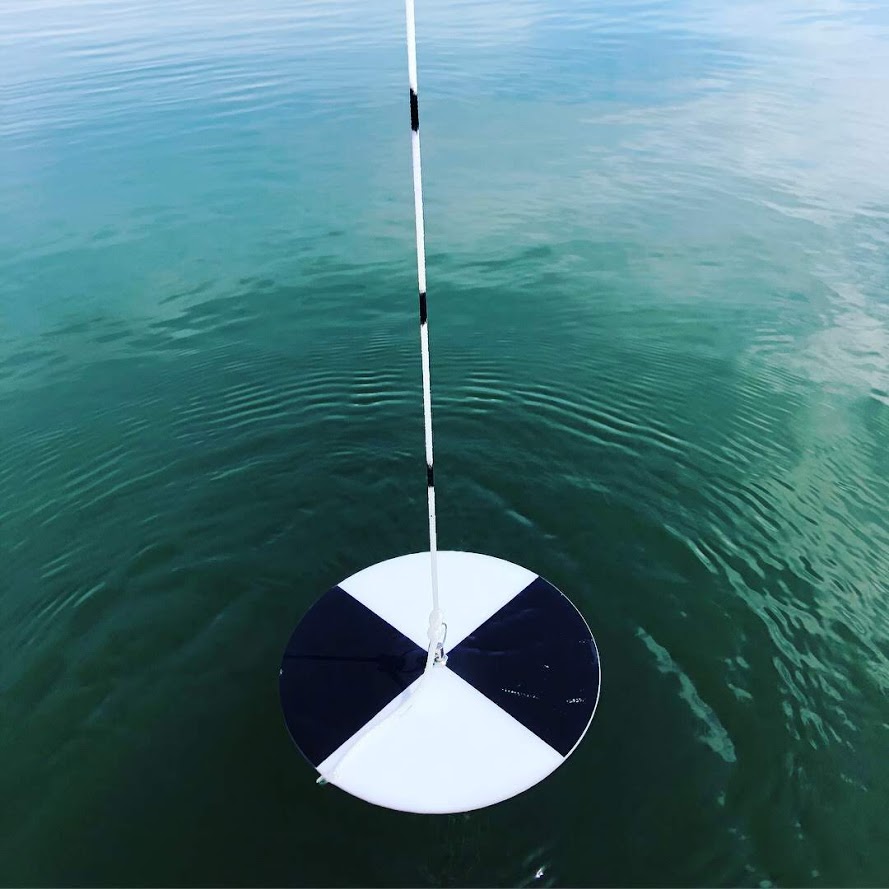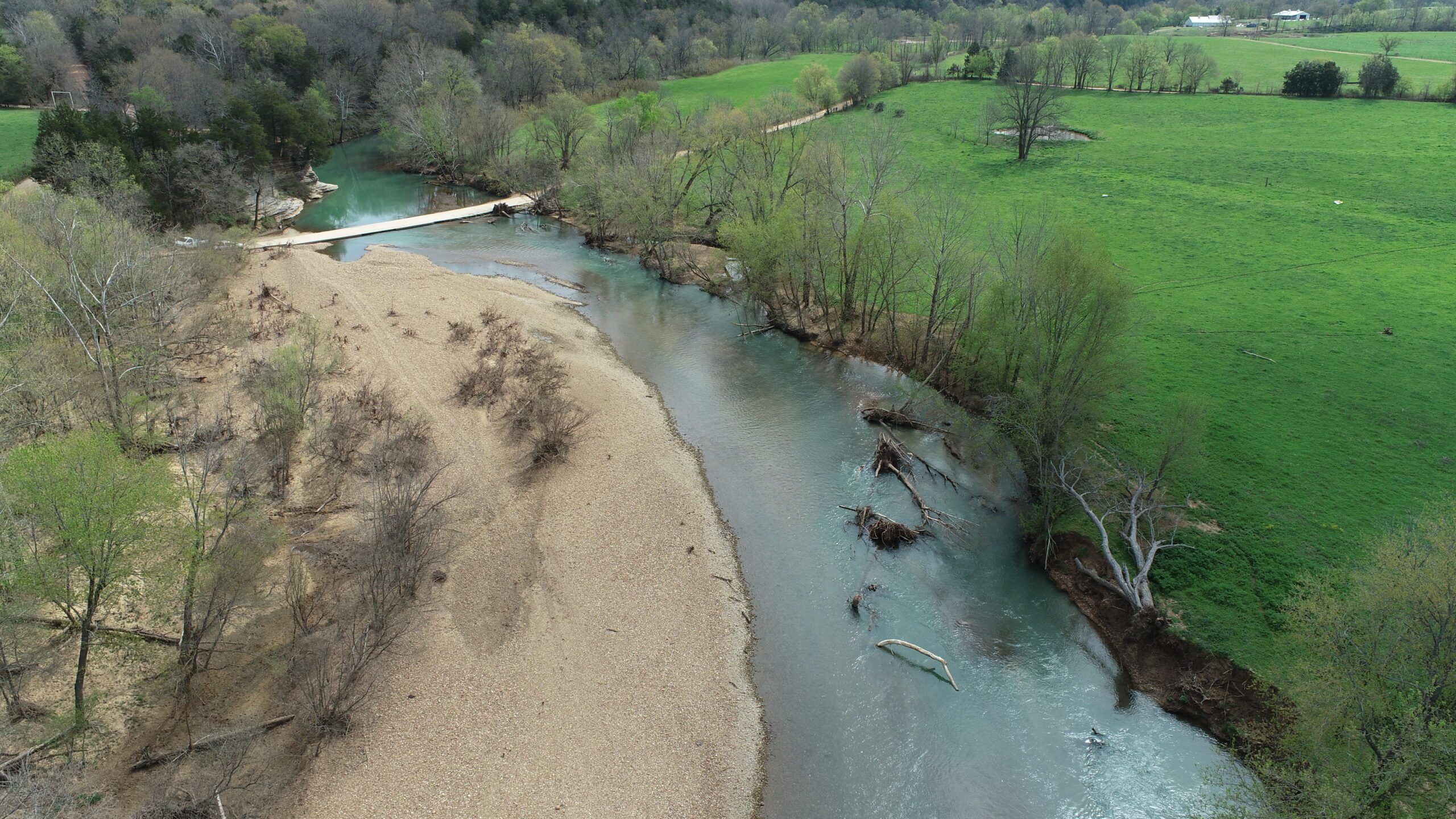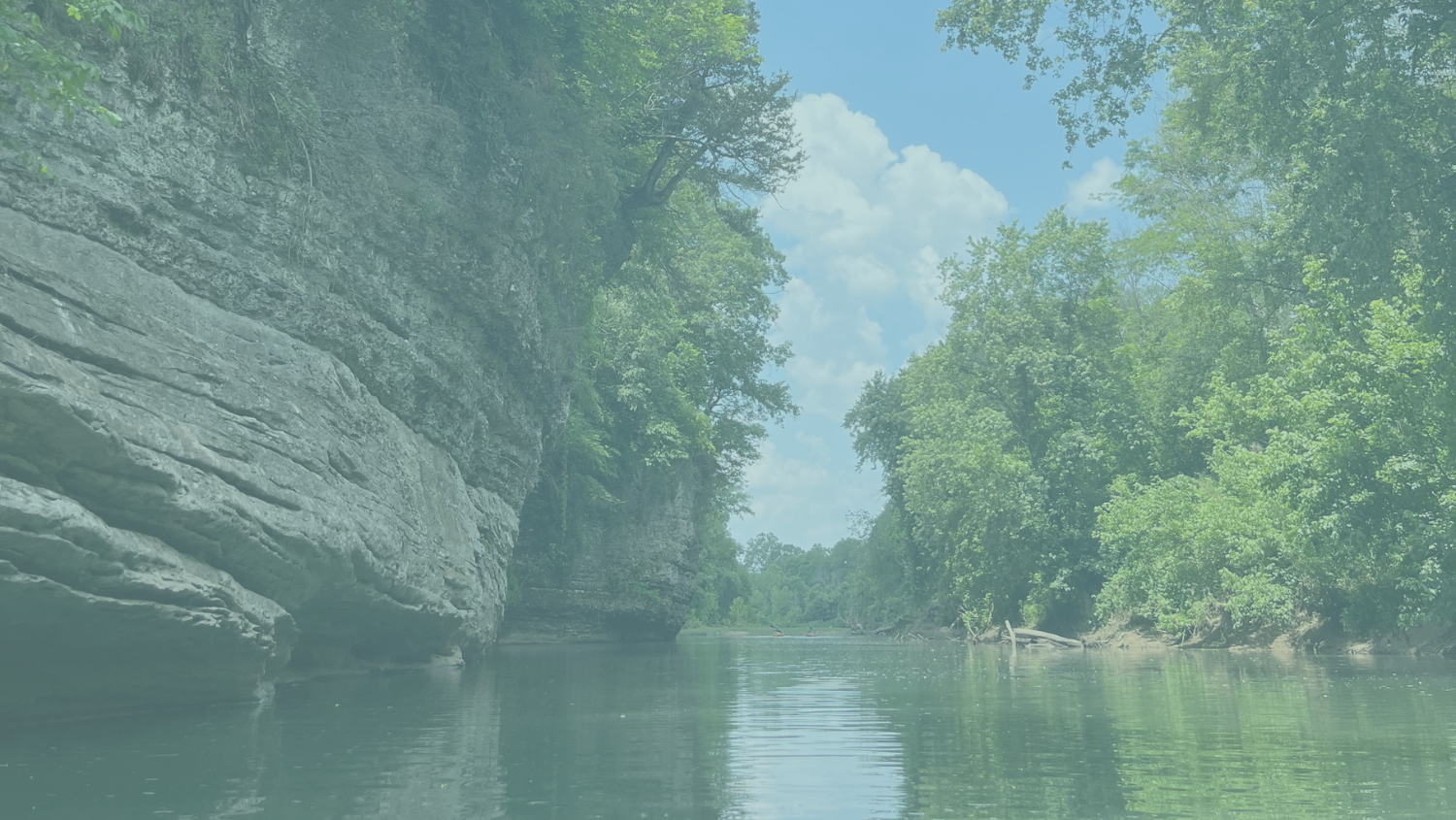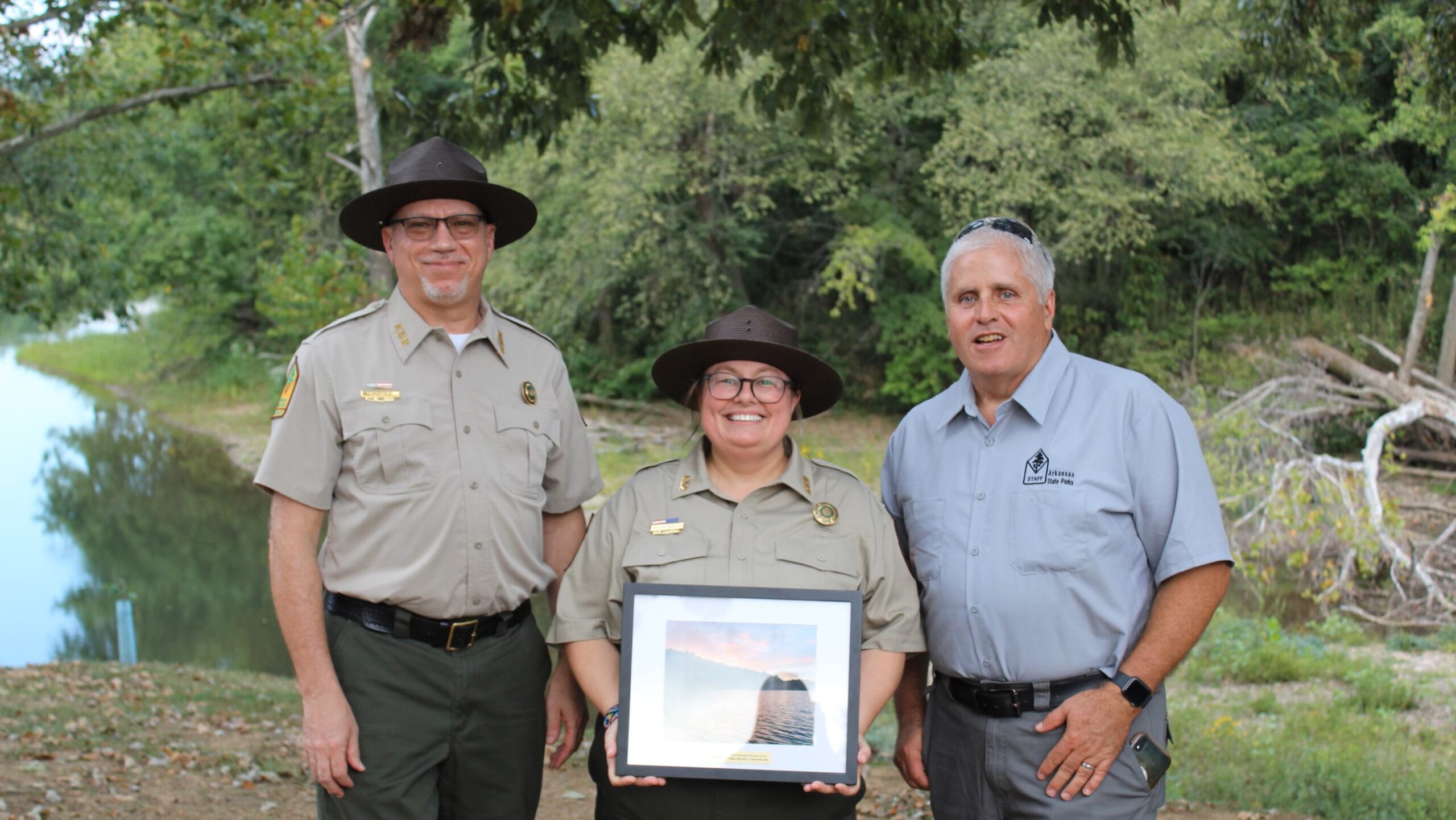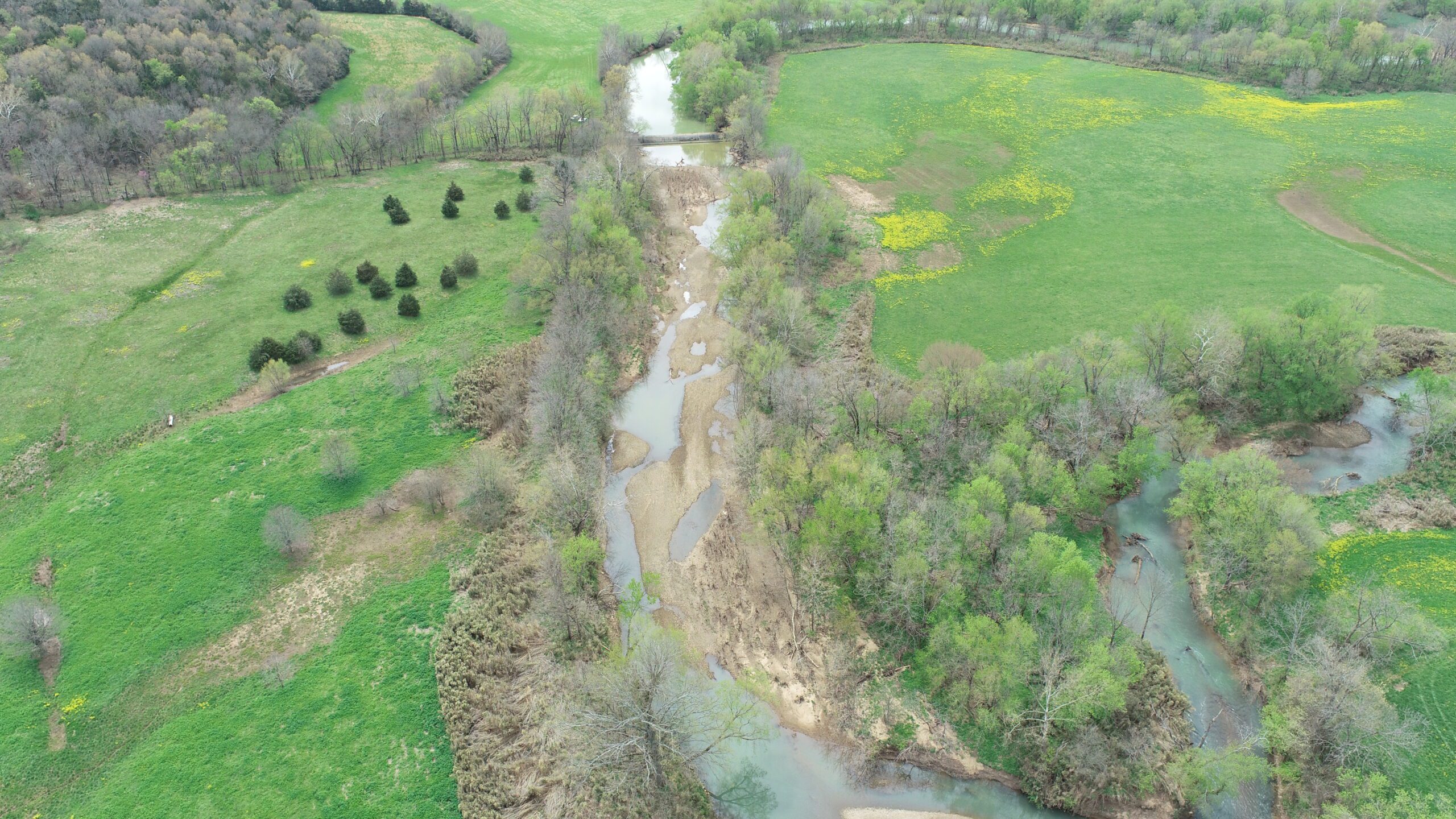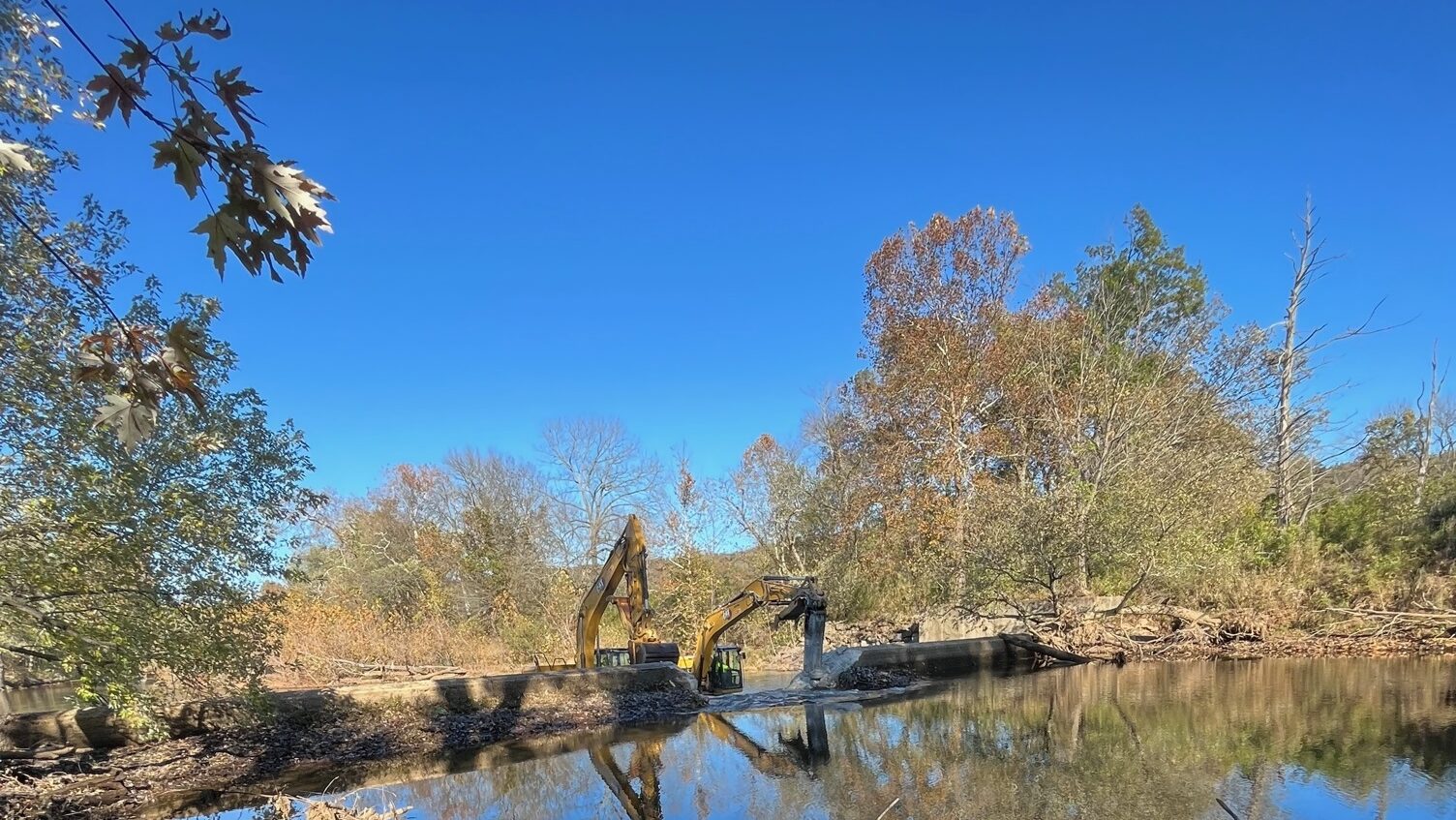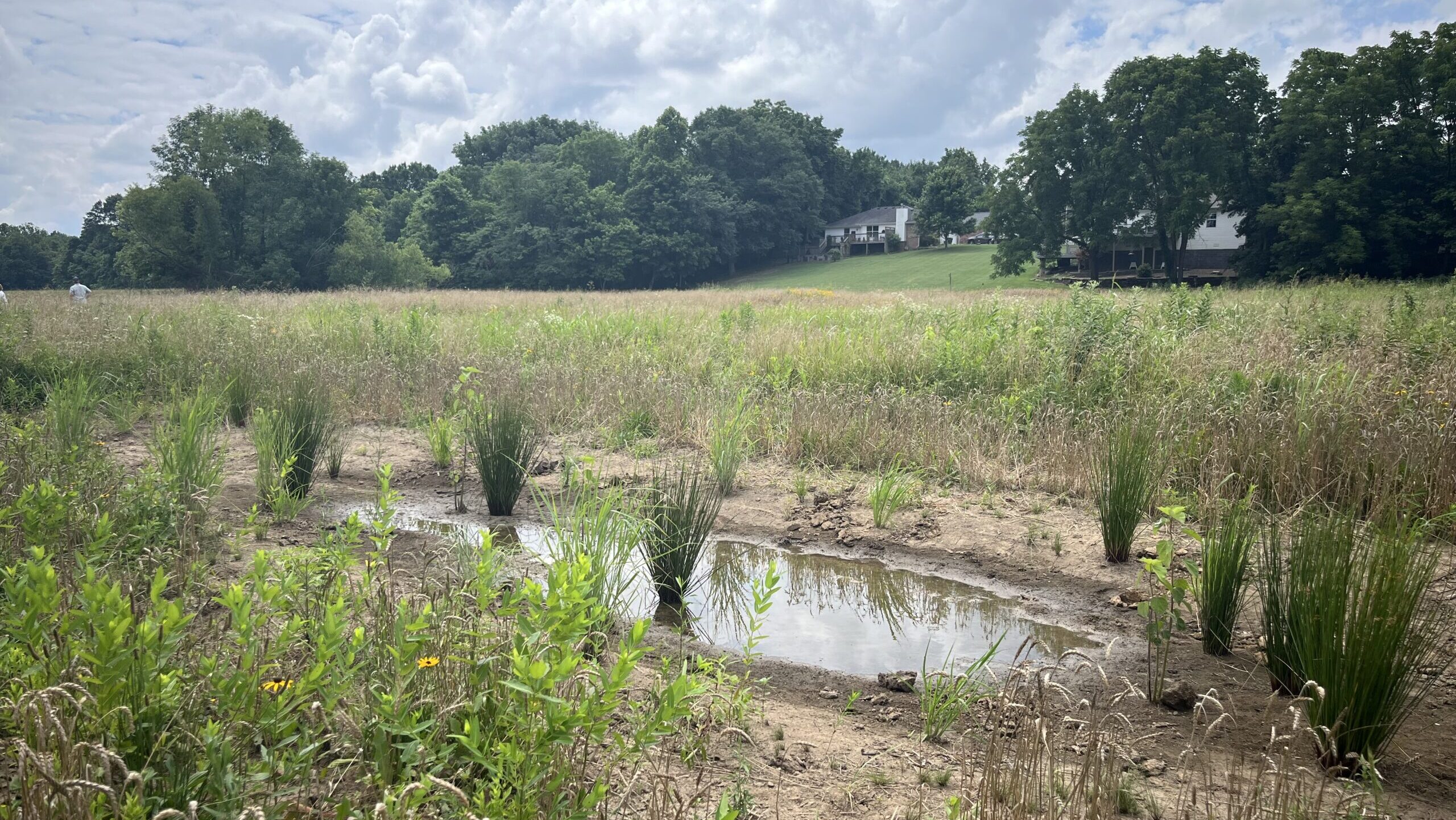(Press Release from the Arkansas Department of Agriculture’s Natural Resources Division)
The Arkansas Department of Agriculture’s Natural Resources Division is pleased to announce that water quality improvement efforts on the West Fork White River that resulted in the river’s removal from the state’s impaired waterbodies list are featured in the Environmental Protection Agency’s (EPA) July 2022 Success Story publication. The success story highlights the efforts of the Watershed Conservation Resources Center, Beaver Watershed Alliance, Beaver Water District, and the Arkansas Water Resources Center, with funding from the Natural Resources Division.
The article and short videos highlighting this accomplishment can be found at agriculture.arkansas.gov/natural-resources/divisions/water-management/nonpoint-source-management/
To be eligible as an EPA success story, there must be documentation of a waterbody’s improvement or removal from a state’s impaired waterbodies list. A total of 27.2 miles of the West Fork White River has been impaired since 1998 due to high levels of sediment and turbidity. As of 2018, the uppermost 16.5 miles of the river met the state’s water quality criterion for the first time since 1998.
The West Fork White River, along with the Middle and East Fork White Rivers, are among the major tributaries to the upper portion of Beaver Lake. Beaver Lake serves nearly 1 in 6 Arkansans with drinking water. With the increased loss of vegetated stream buffers comes an increased streambank instability and erosion. This erosion increases suspended sediment downstream, which poses a significant risk to surface water intakes. Erosion and sediment are the leading source and cause of water quality pollution in Arkansas and across the nation.
Draft lists of impaired waterbodies within Arkansas are submitted to the EPA by the Arkansas Department of Energy and Environment which is currently working to submit the draft 2022 list. Once a new list is approved by the EPA, the Arkansas Department of Agriculture will continue to work with all partners to implement conservation practices and water quality monitoring efforts to better inform future water impairment listings and to highlight water quality improvements.

(Local Notes)
“The efforts of the partnerships and landowners have led to this big win for the West Fork,” says Becky Roark, Executive Director for the Alliance. “We are proud to be a part of this work and see the results. The Alliance has focused intensely on landowner engagement, education, and outreach, and installing best management practices throughout this watershed, and it’s great to see those things collectively lead to this success.”
We couldn’t be more proud to also work with great partners, like the Watershed Conservation Resource Center, which helps to reduce sediment loads directly through streambank restoration efforts, the Northwest Arkansas Land Trust, which helps to put land into long-term conservation, the Beaver Water District for their support through their Source Water Protection strategy and their efforts to conduct water quality analysis throughout the watershed, University of Arkansas – Arkansas Water Resources Center for technical publications, water quality monitoring and reports, University of Arkansas Extension Services for their efforts on landowner engagement and technical assistance, our local conservation districts and USDA field staff, and most importantly, the landowners that participate in conservation efforts on their lands.
James A. McCarty, Environmental Quality Manager for Beaver Water District adds, “the West Fork of the White river is one of the major tributaries that feeds into Beaver Lake, Northwest Arkansas’ source of drinking water. Since the West Fork was first listed as impaired by the state of Arkansas for failing to meet turbidity standards in 1998, Beaver Water District has been involved in research, monitoring, and programs to help improve the water quality of the river. We are celebrating this success story with our amazing conservation partners, it’s a win for water quality and for the community of Northwest Arkansas.”

